
mit-dem-Rucksack-gen-Osten
vakantio.de/der-sonne-entgegen
A small guide to public transport in the East (tbc)
ପ୍ରକାଶିତ |: 17.08.2023
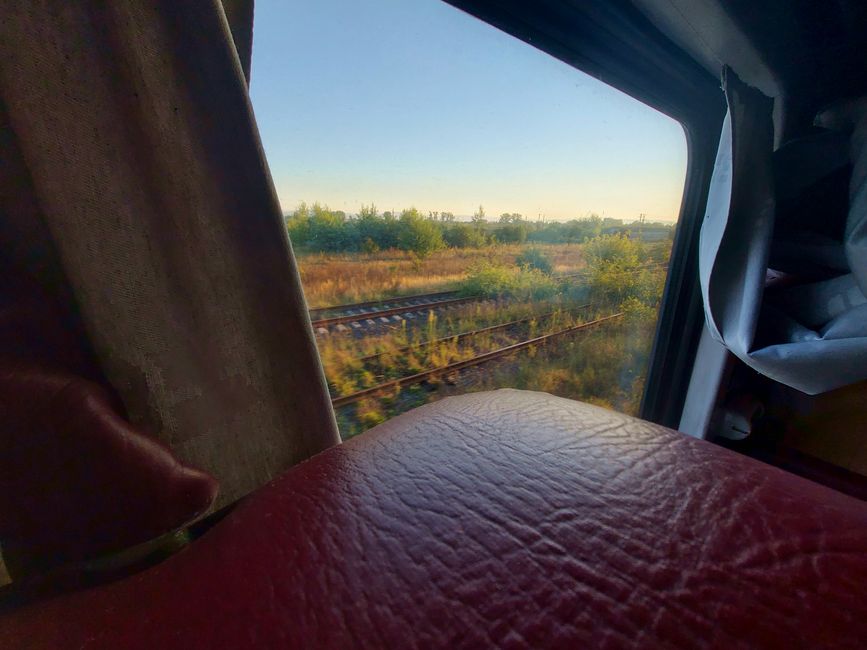
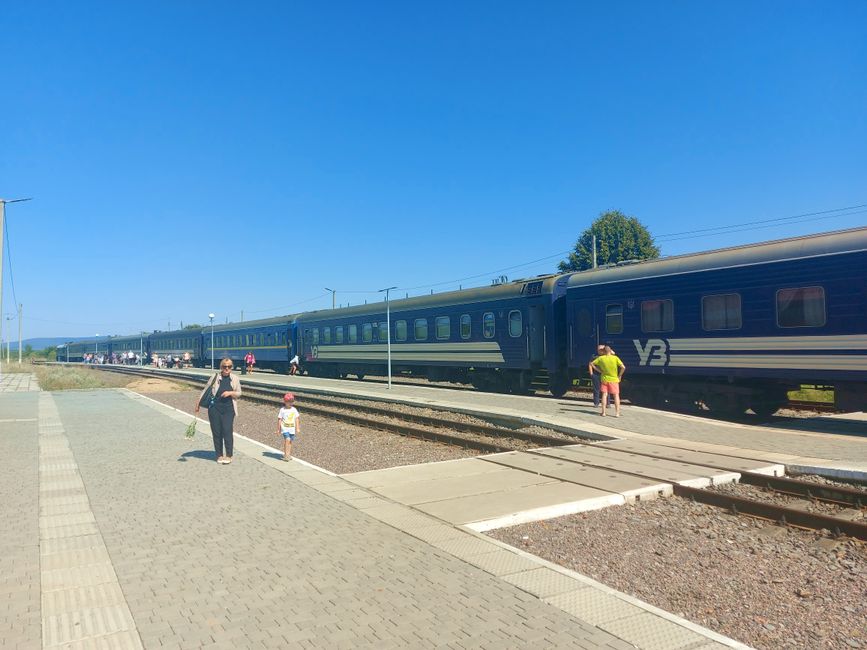

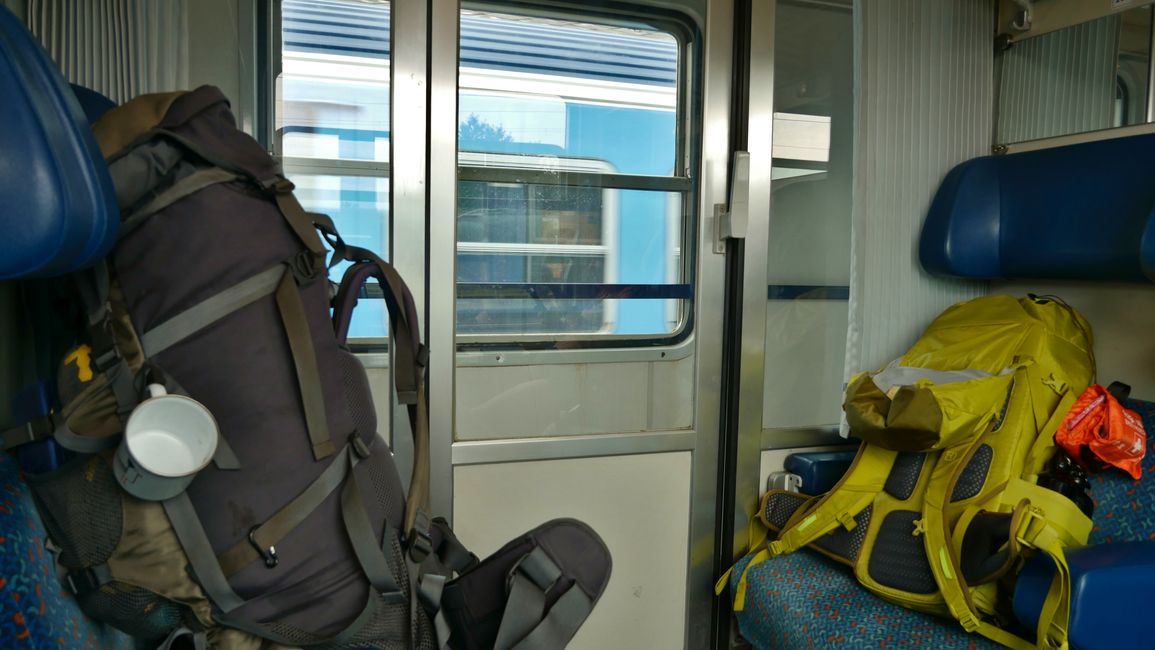
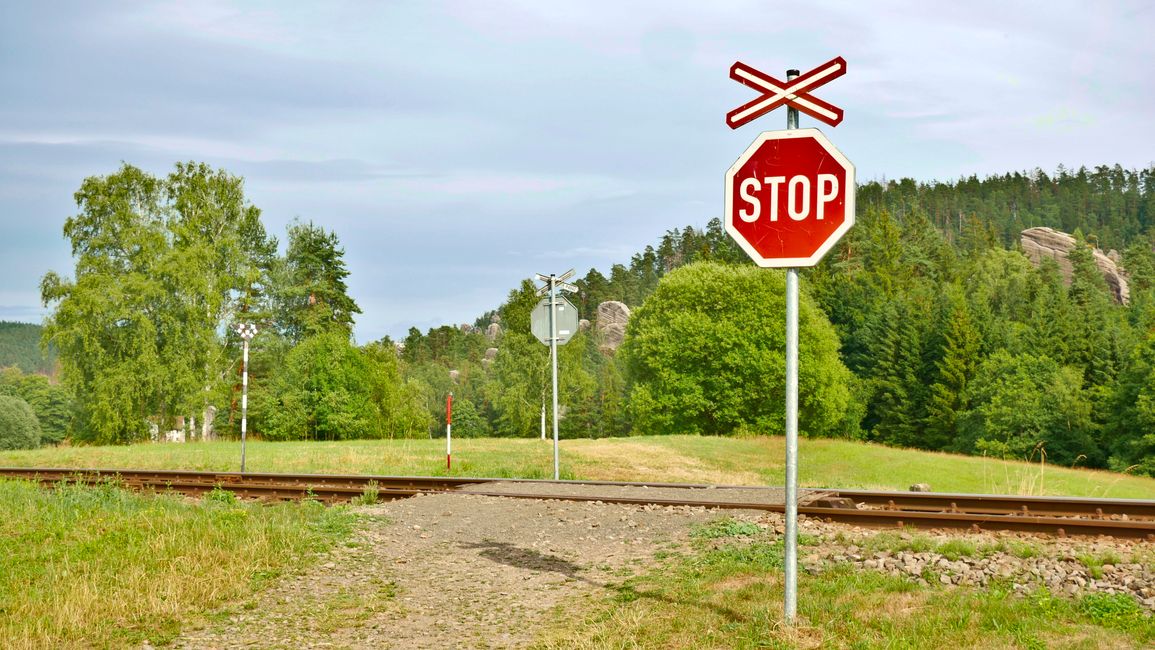
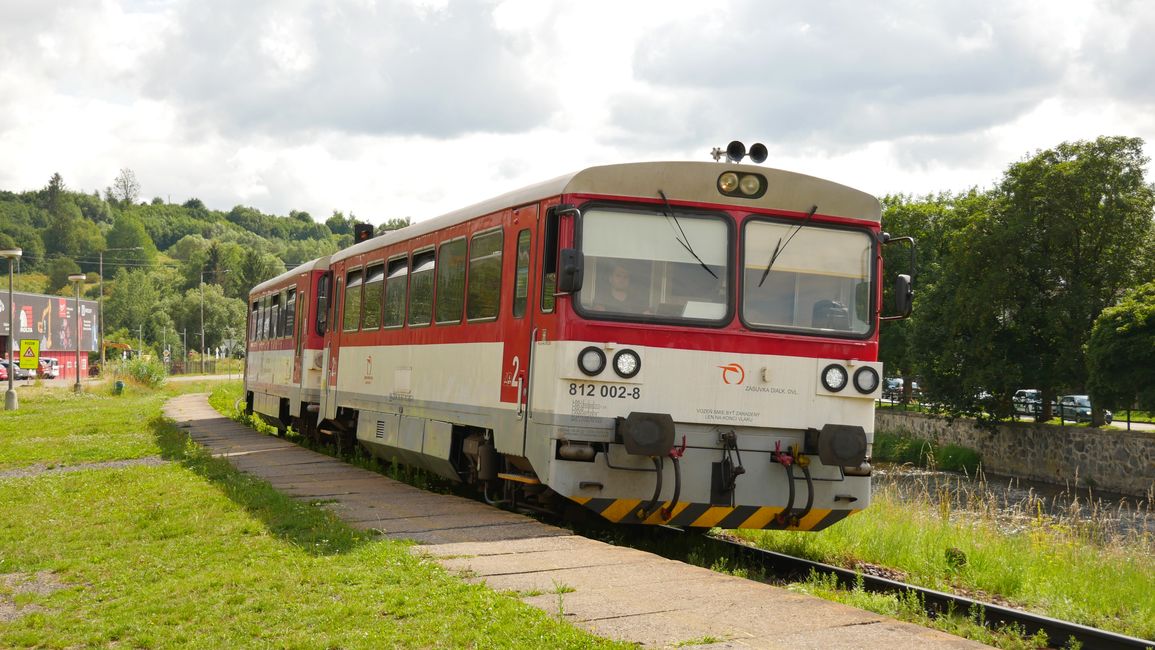
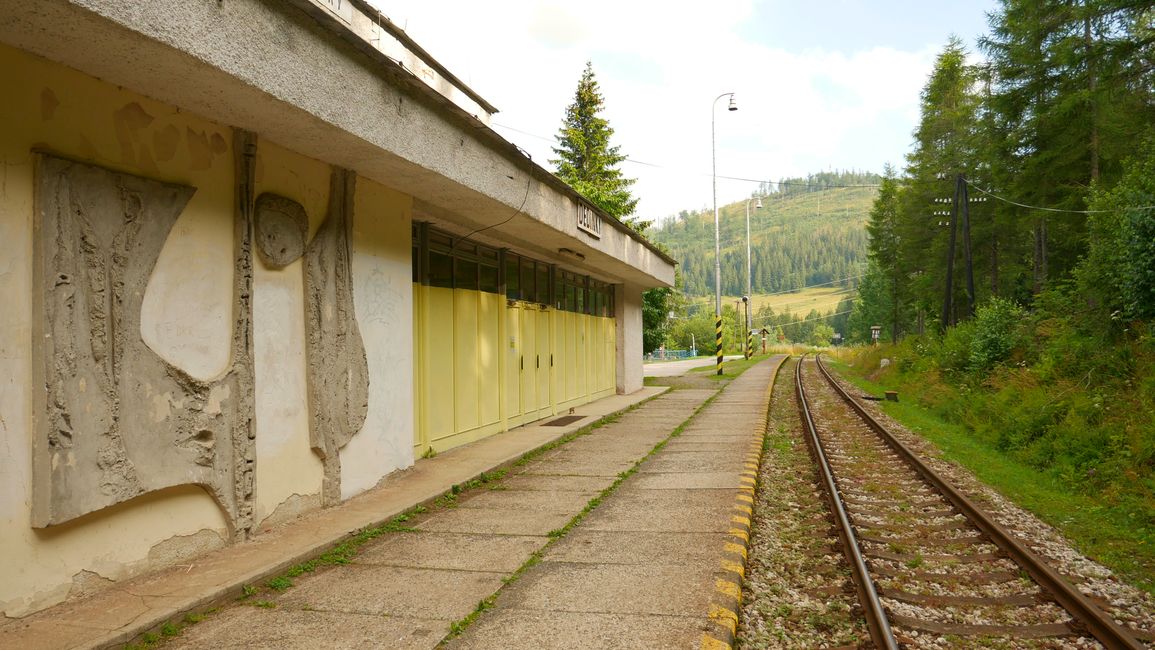
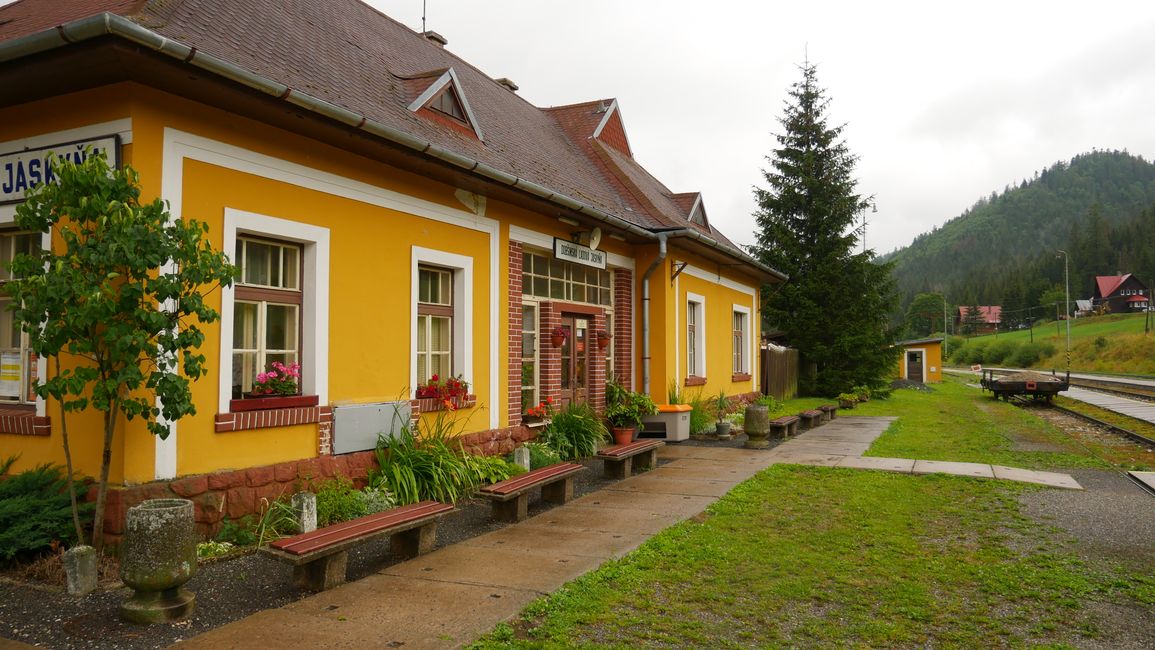
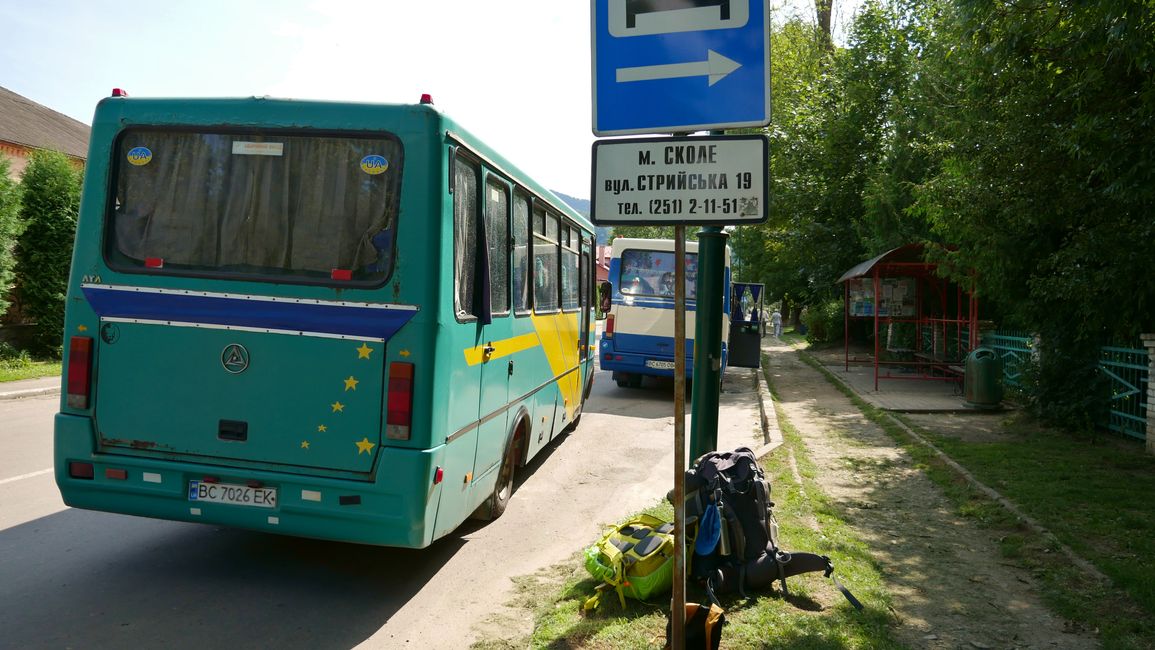
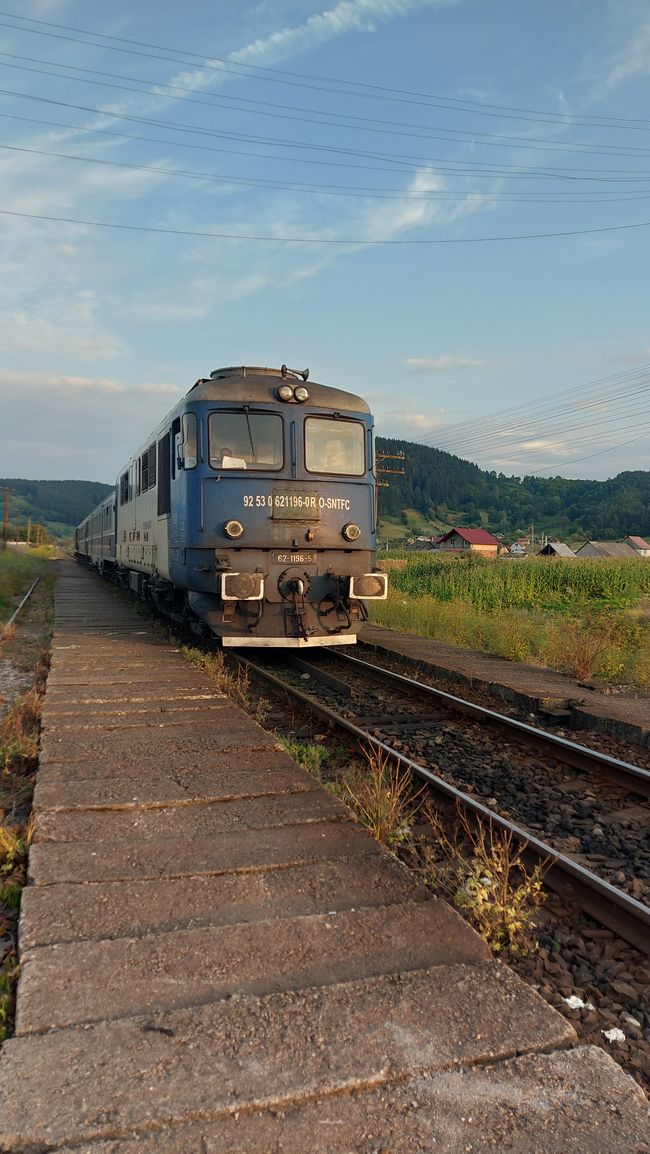
ସମ୍ବାଦପତ୍ରକୁ ସବସ୍କ୍ରାଇବ କରନ୍ତୁ |
If we're not walking, we often use buses and trains, especially for longer distances. Things don't always go smoothly, but we have beautiful encounters, spontaneous conversations with locals, and plenty of time to read or contemplate.

We've already expressed our love for Eastern European public transportation elsewhere. Here, we will collect useful information and apps (I have a little zoo of them on my phone) and update the post regularly. Please share your experiences with each country in the comments.

Romania:
- The Romanian State Railway CFR has a rail network that covers the whole country well. However, there are few cross-connections through the Carpathian Mountains and in the eastern part of the country, which can lead to very long travel times. However, the extensive use of sleeper cars, especially for connections to/from Bucharest, makes it bearable. Tickets for local transport are very cheap, and in long-distance travel (including sleeper cars), they are still affordable (about €40 for a cross-country trip). The train stations in rural areas often offer little comfort and are poorly maintained, especially the sanitary facilities, if there are any.
- Buses are often not available outside of urban public transportation, so don't rely on getting further from the train station in rural areas.
- Useful apps:
- CFR Călători: Booking app for the Romanian Railways; tickets can be purchased for multiple people; very user-friendly; language: Romanian, English

Slovakia:
- We only traveled by trains here, and they were extremely reliable. Buses were available at many train stations for connections. Trains are also a cost-effective option for longer distances. Seniors 70+ travel for a very low fare here.
- The state railway has its own app for finding connections and purchasing tickets, but it is only available in Slovak. However, it is intuitive enough to use even without language skills. Tickets can also be easily purchased from the train conductor. The departure platform is usually announced shortly before. The train stations in rural areas are often very well maintained.
- Useful apps:
- Ideme vlakom: Booking app for the Slovakian Railway ZSSK; tickets can be purchased for multiple people; very user-friendly; language: Slovak
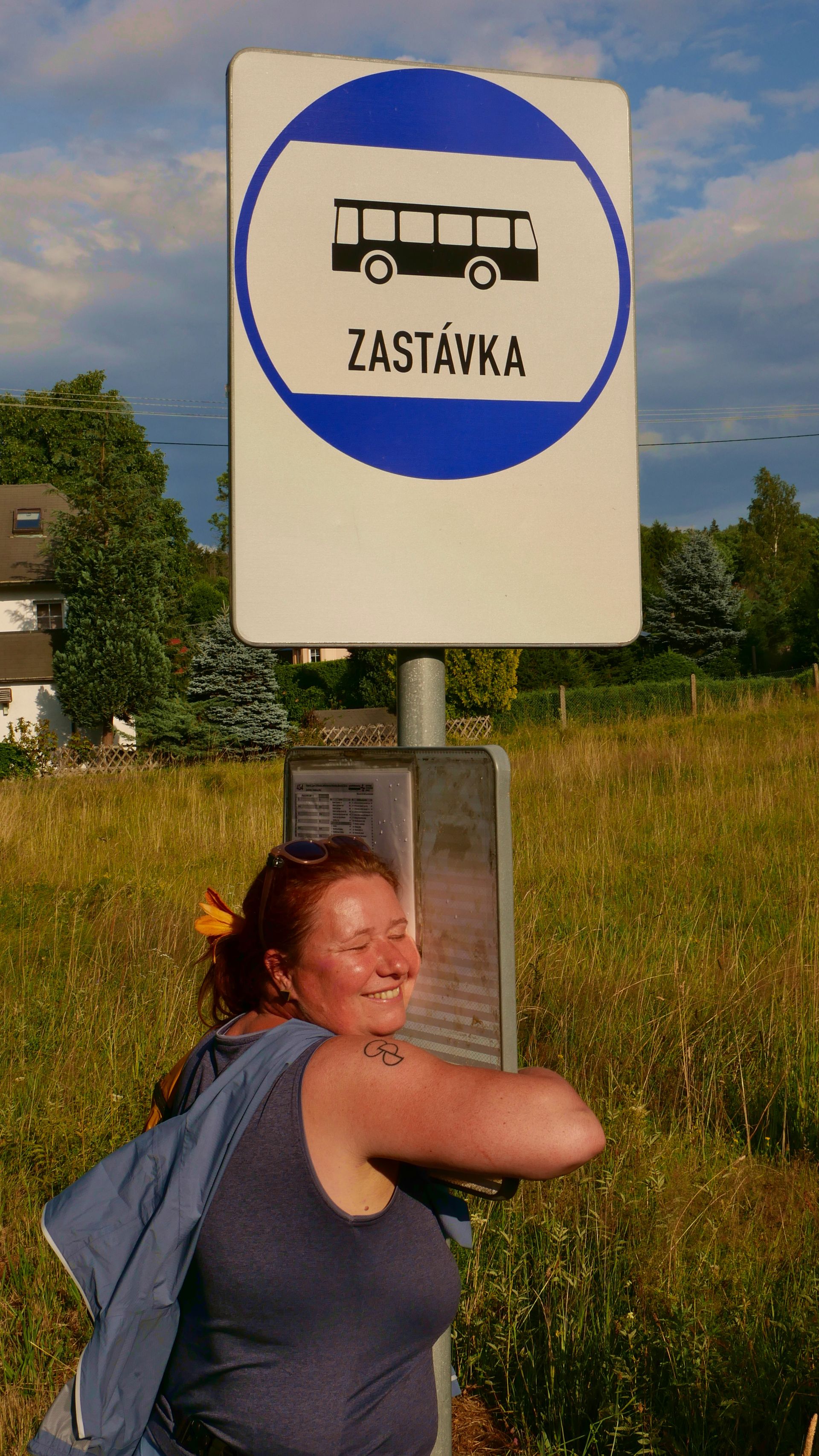
Czech Republic:
- In the Czech Republic, there is a very dense network of buses and trains at very reasonable prices. Long-distance buses often have bicycle racks or trailers.
- In urban public transportation (at least in Brno), a digital ticket can be purchased with a credit card on all buses and trams. However, there are also ticket machines at larger stops. The tickets here are significantly cheaper than in Germany, at 25 CZK (about €1).
- In intercity buses, tickets are simply purchased from the driver. Even in very rural areas, the frequency of buses is high and they operate late into the evening.
- There are many different train providers in the Czech Republic. The respective ticket machines are available at the train stations, but tickets for all other providers can also be purchased at the Czech State Railways ticket counter for an additional fee. Even small train stations always have a ticket counter. The departure platform is usually announced shortly before.
- Useful apps:
- Pubtran: Very useful for finding connections by bus and train across all operators, with real-time display and fare information, but without its own ticket shop; Language: Czech and English
- Můj vlak: App of the Czech State Railways for finding connections and purchasing tickets; purchase for multiple people possible; Language: Czech, English, German

Ukraine:
- Traveling with public transportation in Ukraine is not only practical but also brings you close to the life of the people. This is reflected in crowded buses and trains, as well as the extensive offering of routes and frequencies. Additionally, prices are extremely low.
- Tickets for urban public transportation are easiest to purchase directly from the driver. There are only single tickets without transfers, but they only cost 10 UAH for trams and 15 UAH for buses in Lviv, which is about €0.25 and €0.35 (as of August 2023). For holders of a Ukrainian bank card, there is also a digital payment option. There is no fixed schedule, so it's best to plan some waiting time at the stop.
- For intercity buses, a ticket must be purchased in advance, and it can be conveniently done online, for example, here: https://tickets.ua/en. It is rumored that the vouchers must then be exchanged for tickets at the departure stop, but the locals don't know about this, and even with the voucher, you will be allowed on the bus as the driver has a passenger list. The schedules on Google Maps are not up to date, so please don't rely on them. However, there are several apps or websites where you can search for connections. At the bus station itself, it is worth taking a look around, as there are often different departure zones for international and regional buses.
- The same applies to trains as to intercity buses: tickets must be bought in advance, and they are only available in conjunction with seats. The website of the state railway (https://www.uz.gov.ua/en/) works but is not particularly user-friendly, and not all areas are available in English either. It makes sense to copy the place names in Cyrillic script (e.g., from Google Maps) when entering the desired starting and destination stations. There is also a very large selection of night trains in Ukraine. The beds are comfortable enough, and thanks to the wider carriages compared to Western Europe, there is plenty of space. There is hot water for tea and coffee in every carriage.
- Border crossings with trains or long-distance buses (e.g., Flixbus) are much more relaxed than with your own car. However, it is possible that customs controls take longer than scheduled, and connections may not be reached. It is best to allow enough time for transfers (also useful for exchanging money and buying a SIM card).
- Useful apps:
- EasyWay: Mainly helpful in cities for finding the right bus or tram; includes GPS display of vehicles to estimate arrival times even without a timetable; Language: Ukrainian, English
- TicketsUA: The app for the website (see above) for purchasing tickets for intercity buses and trains; the connection search for trains is only moderately reliable; Language: Ukrainian, English
- Ukrzaliznytsia/UA Railway: App of the Ukrainian State Railways; The built-in translation to English only works moderately well; even locals report that the app only reliably finds trains; it's better to go to the ticket counter at the train station

We will add more countries as we visit them, so if you're interested in the topic, feel free to check back regularly.
Robert
ସମ୍ବାଦପତ୍ରକୁ ସବସ୍କ୍ରାଇବ କରନ୍ତୁ |
ଉତ୍ତର
